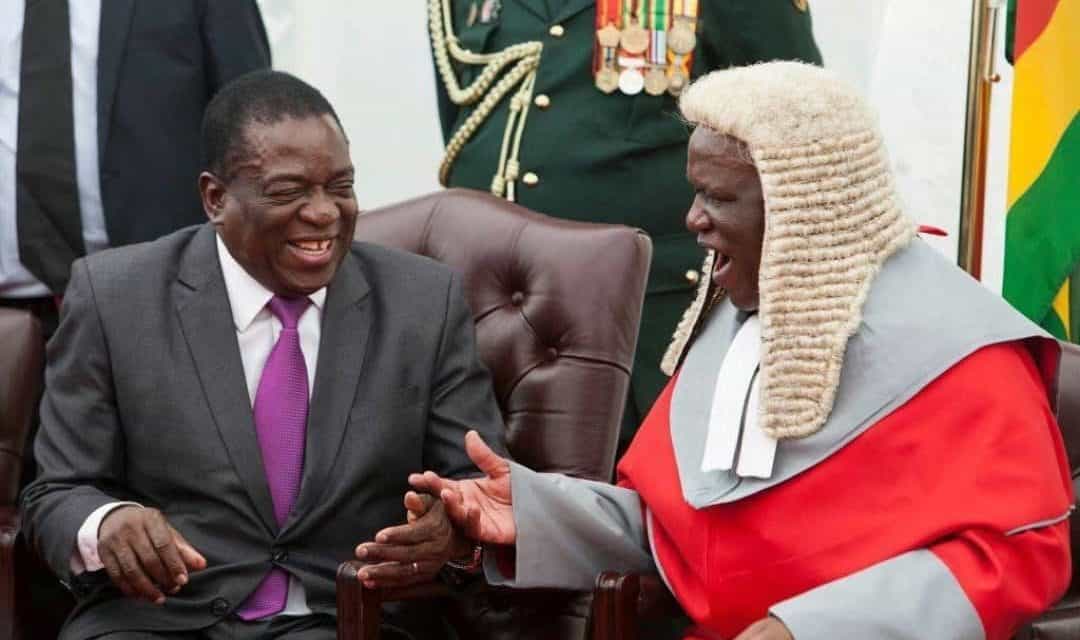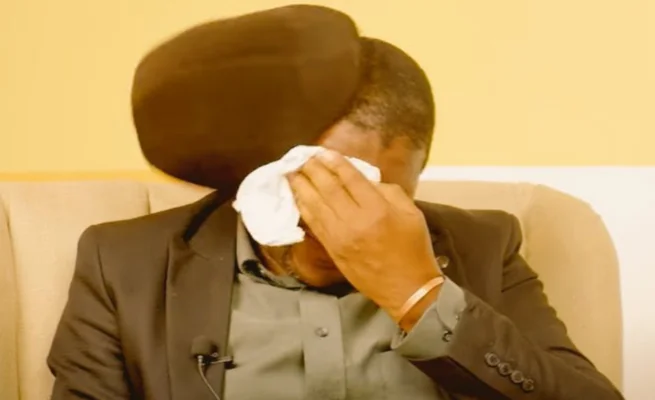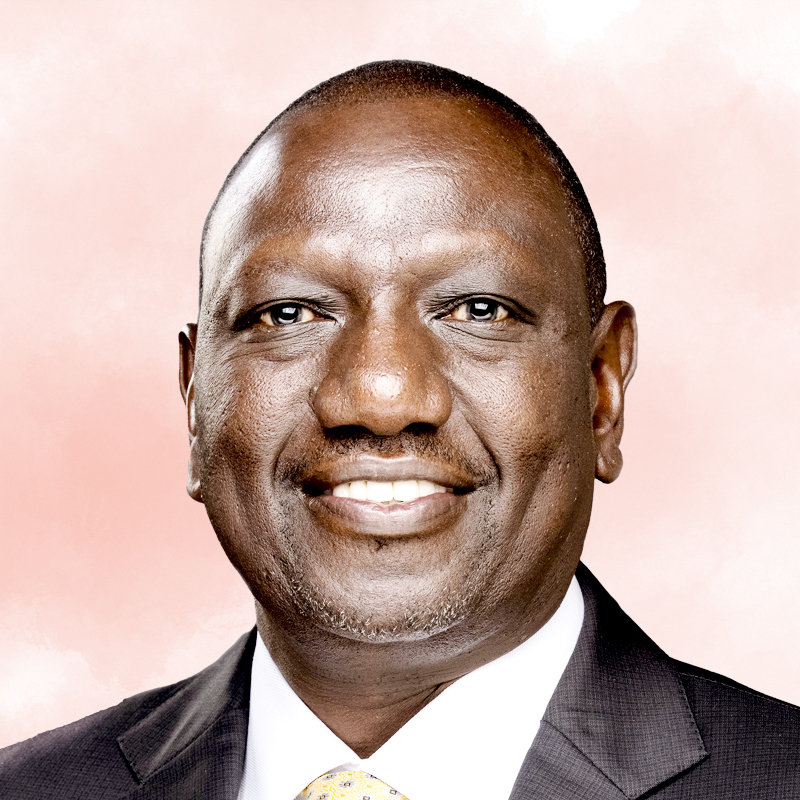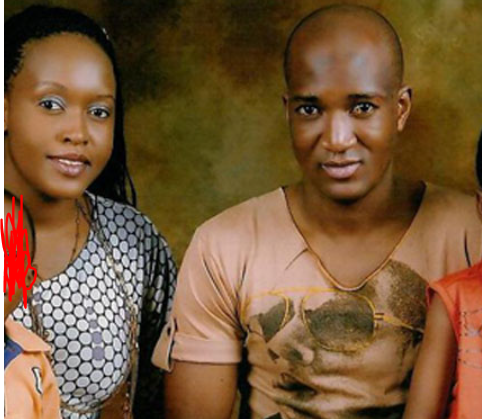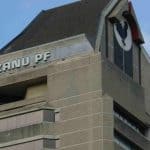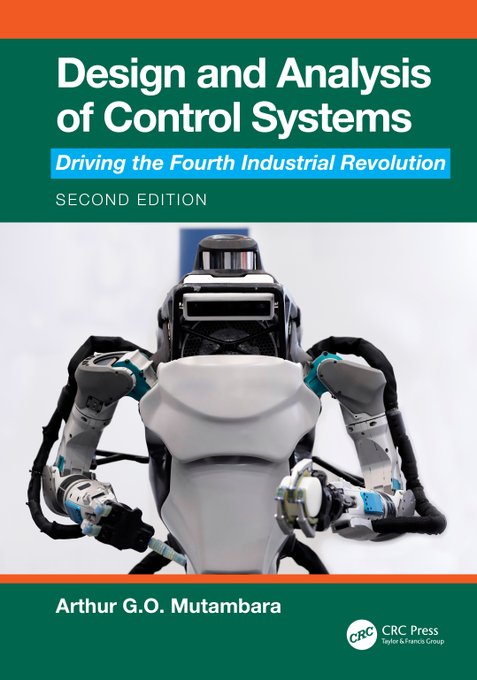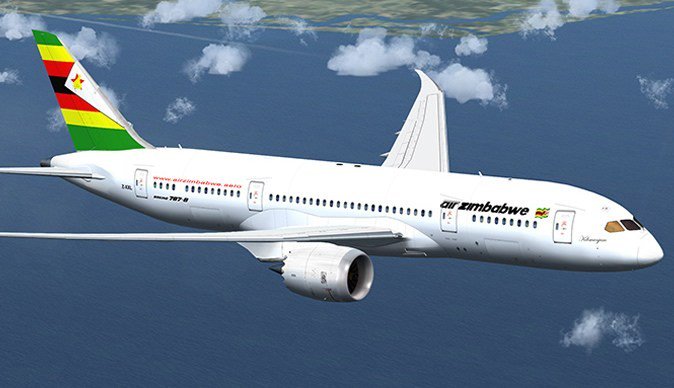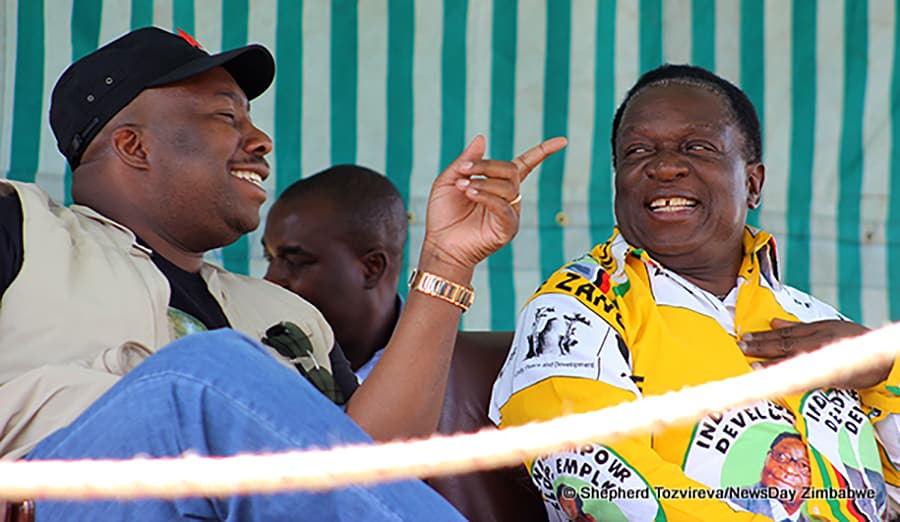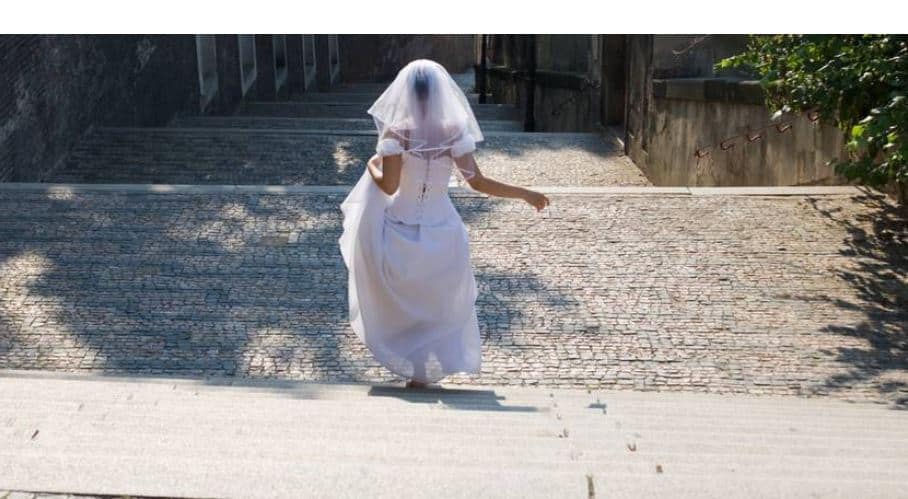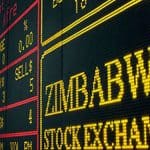Alex T. Magaisa
Three years after it happened, the pernicious effects of the coup that toppled Robert Mugabe continue to be felt in Zimbabwe’s key institutions. One of these institutions is the judiciary, which is still grappling with the question of how to deal with the illegalities committed during the coup. On the one hand, it must look after the rights of citizens, but on the other hand, it must contend with the desire of coup authors who want to maintain a false narrative of a clean coup.
This is evident in the legal drama around former ZANU PF heavyweight and a former long-serving Minister, Ignatius Chombo. This legal drama has now sucked in the Supreme Court, whose handling of his appeal raises serious questions. At the heart of this drama is an order of the Supreme Court which has mutated in the space of a year. To understand the apparent oddity, it is important to set out the background facts in Chombo’s case because that too is an important story of the coup narrative which is evidence-based and different from the fiction that has been peddled in some writings.
The Abduction and Torture of Ignatius Chombo during the Coup
Chombo was arrested by the police at his home on 23 November 2017. He had just been dropped off that night by a group of soldiers after he had been abducted in the early hours of 15 November 2017 and kept incommunicado during that period at a detention centre.
The day of his abduction was when the then Major General Sibusiso Moyo appeared on national television effectively announcing the coup. The events of his abduction were described by a judge of the High Court in the following terms:
“According to the applicant [Chombo], his violent arrest by soldiers on the morning of 15 November 2015, his detention at an unknown place for 9 days while under torture and his subsequent handing over to the police outside his residence on the night of 23 November 2017 constituted one transaction by state agents and was a violation of his constitutional rights …”
Chombo had told the court of his arrest “by the military in dramatic fashion in the early hours of 15 November 2017.” He described how he was woken by an explosion at his home around 01:00 hrs. This is how Justice Mathonsi described the events in a judgment,
“There was a second explosion followed by crackling sounds at the kitchen door area before footsteps were heard on the roof. Immediately thereafter his bedroom door, where himself, his wife and maid were sheltering following the commencement of the attack, was knocked down before seven men in military uniform and armed with AK 47 assault rifles, rushed in. The 3 of them were ordered to lie down and a gun was pointed to his head. He was handcuffed and roughed up before being blindfolded using his own T –shirt he had been putting on.
He was rushed out barefooted across the yard through the metal gate which had been knocked down and dragged into a lorry where he was made to lie on the floor between the seats. Three men secured him by stepping on his legs while others stepped on the midriff area and yet another on his head.”
This testimony was corroborated, by Chombo’s housemaid, Jane Bobo who gave evidence at the Magistrates’ Court. She told the court that Chombo was “captured” by soldiers “in military fatigue, [who] were carrying AK 47 rifles and had their faces covered”.
Chombo also described his treatment while he was detained for 9 days:
“The applicant says he was driven blindfolded to an unknown place and detained in a room still blindfolded and under guard. He remained in that state for the next 9 days and became disoriented because of the blindfold. The blindfold would only be removed for him to bath but he would eat while blind-folded.
During that period, he was interrogated by different people who desired to know how he ran the Ministry of Finance and accused him of abusing his power and not giving money to the army. He was also questioned about how he ran his party, as the secretary for administration, among other things.”
Judicial findings of Chombo’s Torture
After this nine-day ordeal, he was taken to his residence where he was immediately arrested by the police. Chombo was charged with corruption-related offences. However, he challenged his remand, arguing that several of his constitutional rights had been violated by the state when he was abducted on 15 November 2017. He said he had been unlawfully detained and that he had been subjected to torture, cruel, inhuman, and degrading treatment by the soldiers. He also alleged that he was not informed of the reasons for his arrest and his right to dignity was impaired during his detention. He also argued that he was deprived of his right to the protection and benefit of the law.
The state’s response to Chombo’s claims was very weak. The chief public prosecutor simply said Chombo’s statement was “a recital of the spurious allegations”. At the High Court, Justice described this as a “bare denial” which was “not helpful at all”. “If that statement was meant as a denial of the pointed accusations made,” stated the judge, “it certainly does not do a good job of such a denial.”
Although the magistrate was dismissive of Chombo’s evidence of his ordeal, a High Court judge who heard his bail appeal, Justice Mushore believed Chombo. She was very critical of the magistrate’s rejection of his evidence which had not been disputed by the state. The judge accepted that Chombo had been abducted at night and had been subjected to inhuman and undignified treatment by his captors and that he was not informed of the reason for his abduction. She also accepted that he had been “kept incommunicado for several days” before he was handed over to the police and formally arrested.
She was also clear that the military and the police had colluded in the matter. “It is obvious from the evidence which was presented by the appellant that the Police were in cahoots with the mysterious state agents given that they took over where the state agents had left off. The appellant was detained by State agents on 15 November 2017 and only brought before a court of law a whole week later.”
Justice Mathonsi accepted the findings of his sister judge in that earlier case and said the state had ignored the abduction of Chombo “as an inconvenience in typical ostrich style of burying the head in the sand in the hope that the problem, once out of sight, would go away on its own.” Like Justice Mushore before him, Justice Mathonsi believed Chombo’s testimony, “I do not think that a self-respecting court of law applying its mind reasonably and fairly to the facts would come to the conclusion that it did not happen that the applicant was captured by the army and detained as alleged. This is because his story is credible and has not been rebutted. I conclude therefore that indeed the applicant was arrested by state agents in the manner that he has alleged.”
Chombo’s Plea to Stop Prosecution
Chombo had come to the High Court to seek a permanent stay of the criminal prosecution at the Magistrates’ Court. This is a technical term for the remedy of stopping a criminal prosecution. He argued that he had been tortured and ill-treated by agents of the state and for that reason, the prosecution should cease.
While Justice Mathonsi accepted that his rights and had been violated and that he had been tortured, he did not give an order for a stay of prosecution. While he sympathised with Chombo after his horrendous experience, he felt constrained by the law which did not permit a stay of prosecution in the circumstances. If the evidence to be used in the prosecution had been extracted through the torture, he would have granted a stay of prosecution as the Supreme Court had done in a previous case of State v Mukoko. In this case, he reasoned that while Chombo had been tortured, the purpose had not been to extract evidence to be used in the prosecution.
He stated, “… the violations of the applicant’s rights as narrated by the applicant appear to have been undertaken for no discernible reason at all. I say so because quite excessive force and violence were used to capture the applicant leaving a trail of destruction. He was then held for some time in movie-style while nothing meaningful was happening except to keep him in isolation for a lengthy period while extraneous questions were routinely put to him if for nothing but the amusement of his interrogators. He was not subjected to physical assault and neither was there any attempt to extract evidence or a confession from him in respect of the offences he is now facing. It is quite strange indeed.”
Drama the Supreme Court
It was following the High Court decision that Chombo approached the Supreme Court with an appeal. A panel of three Supreme Court judges heard the matter in November 2019. They were Justices Hlatshwayo, Bhunu, and Uchena. The judges granted a unanimous order on 15 November 2019, although, for some unexplained reason, details of the order were first publicly reported on 12 November 2020, nearly a year later. This date is of some significance, as will soon become apparent. In any event, the Supreme Court order was both good and bad news for Chombo.
First, the bad news was that his appeal to stop the criminal prosecution was dismissed. The Supreme Court agreed with the conclusion reached by Justice Mathonsi at the High Court, namely that none of the evidence to be used in the criminal prosecution had been extracted by the torture that Chombo suffered at the hands of the soldiers. Therefore, the prosecution would go ahead.
However, the good news for Chombo was that the Supreme Court judges upheld his claim that his fundamental rights and freedoms had been infringed by the state and directed that he could approach a competent court to seek damages for the harm he suffered at the hands of the military. Therefore, the net result was that while Chombo had lost his bid to stop the criminal prosecution, the Supreme Court had opened the door for a claim of damages, having accepted and recognised that his rights were violated.
Legal and Political Significance of the Supreme Court Order
While the High Court had twice made findings of human rights violations during the coup, this was the first time that the Supreme Court had reached such a significant conclusion concerning the coup. The judgments of Justice Mushore and Justice Mathonsi accepting Chombo’s testimony of human rights violations during the coup had largely gone without much notice. All along, the top courts in Zimbabwe had shied away from making pronouncements on the legality of the events that happened during the coup in November 2017. The High Court had issued judgments that gave a veneer of legality and legitimacy to the coup. The Constitutional Court had refused to entertain challenges to these decisions. The regime that emerged because of the coup has always maintained that it was a clean operation, calling it a “military-assisted transition”.
The Supreme Court order issued on 15 November did not just put a dent in that official narrative. It completely eviscerated the clean “military-assisted” narrative. It was a violent coup that involved serious human rights violations by the military. The historical record would have to be re-written with evidence from the courts of law. This was not mere hearsay. It is evidence from the third arm of the state.
Furthermore, by directing that Chombo could pursue damages for the torture and ill-treatment that he had suffered at the hands of the soldiers, for the first time, the Supreme Court had opened an avenue for holding the military legally accountable for the coup. This was a significant step in the process of legal accountability for violations that occurred during the coup. The Supreme Court was effectively holding the military to account for violations of Chombo’s rights during the coup. The legal and political significance of this order could not be overstated. It represented a historic moment in the narrative of the coup.
Dramatic Twist
However, in a dramatic turn of events, this decision of the Supreme Court has since been rescinded and bizarrely, by the same panel of judges. On 13 November 2020, the three judges issued a second order in the matter stating that the first order had been rescinded. The exact words of the Court are as follows:
“The order issued on 15 November 2019 in this matter be and is hereby rescinded”.
In layperson’s vocabulary, this means the earlier order has been set aside. There are no reasons to explain why the decision has been set aside. There is nothing to say what the new terms of the order are. In effect, there is no order yet in Chombo’s appeal. The first one has been expunged from the records. All this raises several questions.
Why have the judges set aside their judgment? What is the competence of the judges’ move to set aside their judgment? The Supreme Court is the final court of appeal in civil and criminal matters and generally, once a decision has been made, there is no going back on it. What has caused the Supreme Court to make this unusual and strange move of setting aside its judgment? What is so exceptional about this matter that has resulted in three judges who had made a unanimous order expunging it? Have the judges been subjected to undue pressure? If so, who has exerted this undue pressure and why?
Interestingly, the latest Supreme Court states that it has been “ordered by consent”, which gives the impression that Chombo agreed to the setting aside of a judgment that partly favoured him. But why would Chombo, a man who told the court of his ordeal and was keen to have the prosecution set aside because of it agree to have a court order which recognises that he was tortured and has a claim for damages set aside? Why would he give up legal rights that have been recognised by the highest civil court in the country? It does not make sense. Efforts to seek comment on this from Chombo or his lawyers had not yielded a result at the time of publishing this article.
I said the dates and sequence of events were important in unscrambling this puzzle and here is why. The Supreme Court says the order was issued on 15 November 2019. The rescission order was issued on 13 November 2020, just a couple of days shy of exactly a year from the first order. News of the first order was published in The Herald on 12 November 2020. A day later, the order was rescinded. What happened in the 24 hours between the publication of the order and its rescission the next day? It cannot be a coincidence that the Supreme Court judges called the lawyers to rescind the judgment barely 24 hours after their order declaring that the military had violated human rights and Chombo was entitled to sue for damages was issued.
Conclusion
The last BSR was about judicial capture. It used the theory of capture to explain how judicial capture occurs. It discussed the drivers and indicators of judicial capture. The Constitution has provisions to shield judges from undue pressure and to protect their independence. The handling of the Chombo case by the Supreme Court leaves more questions than answers. The case of a mutating Supreme Court judgment does not inspire confidence.
For an order that was issued in November 2019, it is odd that the three judges never produced a written judgment to explain reasons for it. The oddity increases considering that the decision was set aside a whole year after it was first issued. What is it they didn not see all along which dawned on their 12 months later?
As has been stated, the timing of the rescission is also intriguing, coming only after the news became public. One can be forgiven for imagining that some interested parties may have expressed their displeasure to the judges once they became aware of the order which opens the door to legal accountability for the coup.
The Minister of Justice, Ziyambi Ziyambi, wants to reassure the nation that there is no judicial capture, but with cases like this where the Supreme Court makes one decision and then rescinds it a year later for no stated reason, it will be hard to convince the public that all is well in the judicial corridors.
WaMagaisa

